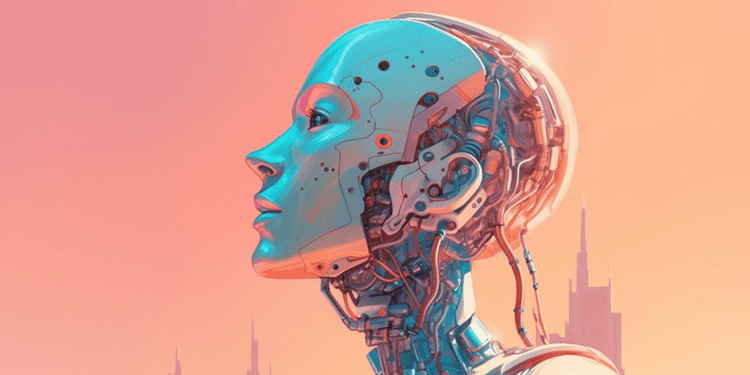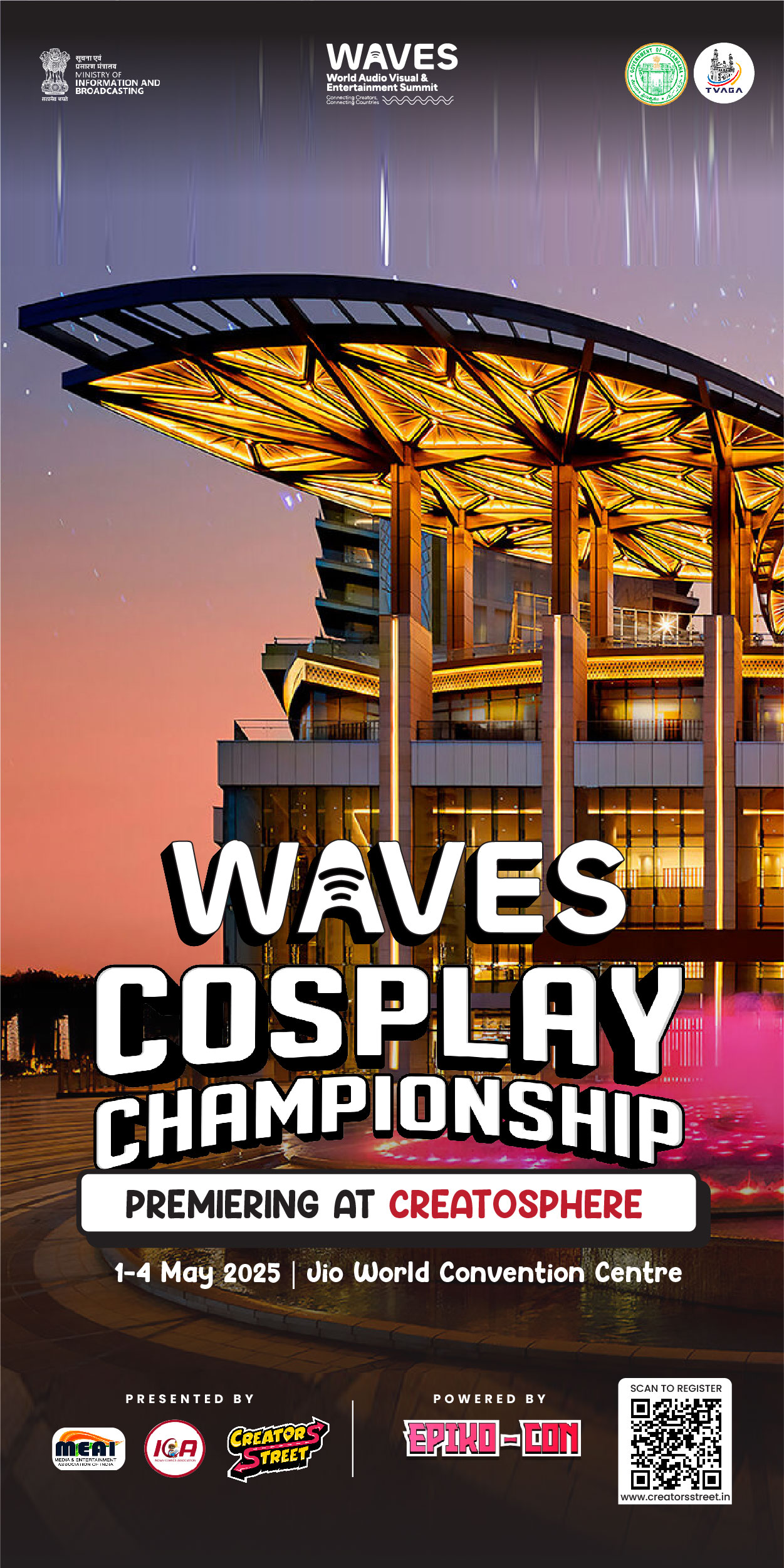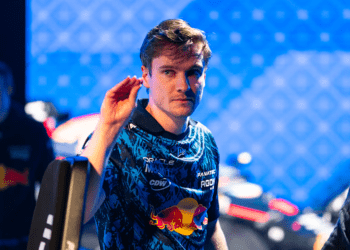The AI Revolution in Animation: How Top Schools Are Training the Next Wave of Artists
Artificial Intelligence is the buzzword of the decade, creeping into every industry like an overenthusiastic intern who just won’t take a break. While some people see AI as a creative sidekick, others fear it’s the villain in an artist’s origin story. But instead of fighting the inevitable, universities around the world are embracing AI’s potential, preparing the next generation of artists to wield these tools effectively. Let’s take a look at five institutions pioneering AI in animation education.

1. California Institute of the Arts: AI for Experimental Animation
CalArts is leading the charge with Professor Douglas Goodwin’s “AI for Experimental Animation” course. What started as a curiosity has quickly evolved into a must-take class, boasting a waiting list of eager students. Goodwin’s approach is hands-on, introducing students to AI tools like Photoshop’s beta features, Runway, and open-source options like ComfyUI. His focus? Encouraging students to use AI as an aid rather than a crutch. “AI isn’t here to replace artists—it’s here to make their lives easier,” he asserts.
Some students use AI for motion tracking, while others experiment with Pix2Pix to generate images from rough sketches. The result? A creative playground where AI isn’t the enemy but a tool for artistic evolution. Goodwin is especially intrigued by AI’s so-called ‘mistakes’—six-fingered hands and surreal textures—believing these quirks can spark new artistic directions.
2. Savannah College of Art and Design: The Balance Between AI and Traditional Skills
At SCAD, Edward Eyth, a veteran of The Jim Henson Company, emphasizes the importance of strong foundational skills before jumping into AI. His “Digital Rendering for Entertainment” course teaches students to use Photoshop before integrating AI tools like Midjourney and Firefly.
Eyth believes AI speeds up the creative process, allowing students to generate, refine, and reimagine concepts at lightning speed. “Designers used to spend hours on renderings—now AI lets them iterate in minutes,” he explains. However, he ensures that students don’t just rely on AI’s output but refine and rework it to maintain artistic integrity. His motto? “Scrutinize and optimize.”
3. New York University Tisch School of the Arts: AI for Virtual Production
NYU’s approach is all about storytelling. Professors Sang-Jin Bae and Ariana Taveras teach “Generative AI for Virtual Production,” a 14-week master’s course that blends technology with narrative development. Students dive into tools like Runway, DALL-E, and ChatGPT to craft immersive worlds and compelling characters.
The challenge? AI-generated elements must serve the story rather than dictate it. Foreign-born students particularly benefit from ChatGPT’s language assistance, helping them articulate ideas more clearly. “AI is like the new PowerPoint,” Bae jokes, “except instead of making bad presentations, it’s making impressive animations.”
4. Ringling College of Art and Design: AI in Game Development
Professor Rick Dakan is at the forefront of AI-driven game design at Ringling. His “AI for Game Development” course doesn’t just teach students how to use AI—it teaches them how to think critically about it. Students build their own AI prompt libraries, iterate game concepts, and refine outputs for better creative control.
Dakan emphasizes process documentation, ensuring students don’t just accept AI-generated results at face value. “The biggest danger isn’t AI making something weird—it’s AI making something mediocre,” he warns. Ringling is also launching an “AI for Creatives” certification, signaling a shift toward AI fluency as an industry necessity.
5. School of Visual Arts: AI and Filmmaking
Oscar-winning documentarian Anthony Giacchino is pushing boundaries at SVA with his course, “AI and Filmmaking: A Critical Exploration.” His students recently used AI to recreate early 1900s New York, transforming historical research into an 11-minute film where most of the footage was AI-generated.
The process wasn’t without hiccups. AI struggled with historical accuracy—police uniforms morphed into dictator garb, and some details needed heavy correction. But the experiment proved that AI can be a valuable storytelling tool when used wisely. “AI isn’t a magic button,” Giacchino explains. “It’s just another brush in the artist’s toolkit.”
The Future of AI in Animation Education
AI in the arts is no longer a question of “if” but “how.” These universities prove that AI doesn’t replace creativity—it enhances it. As these students enter the workforce, they’ll be equipped not just with artistic skills but with the agility to adapt to an AI-infused industry. One thing’s for sure: the future of animation is going to be a wild, AI-powered ride.










